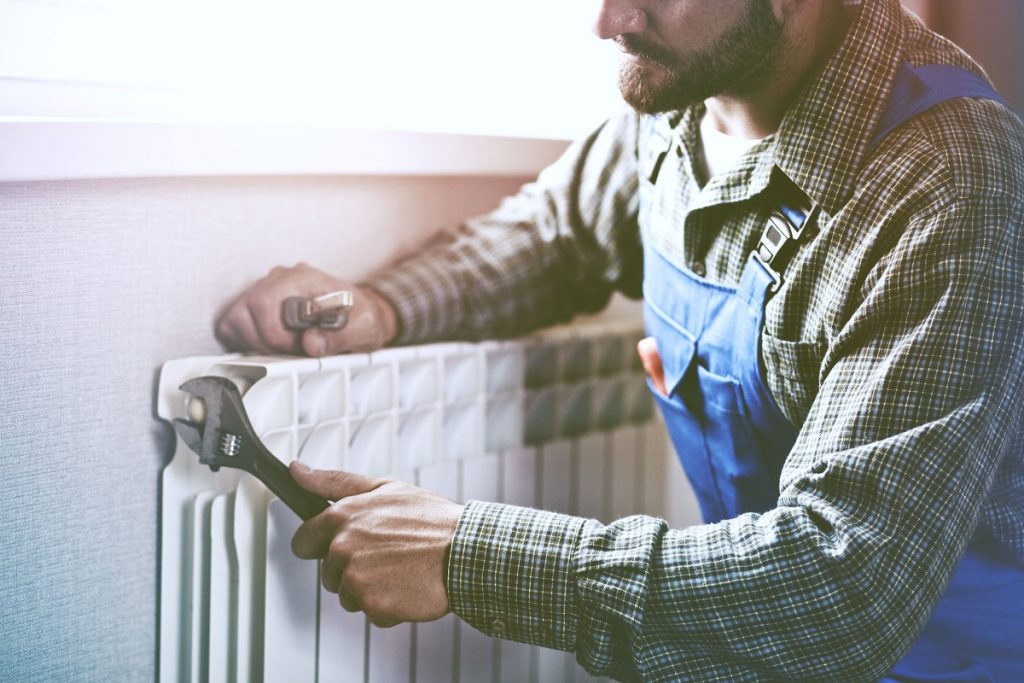• Sustainable homes are designed and built with energy efficiency, resource conservation, and environmental stewardship in mind.
• The advantages of living in a sustainable home include reducing monthly utility bills and protecting the environment.
• Building a sustainable home starts with using renewable materials such as bamboo, cork, wool, recycled glass or plastic, and mycelium in construction.
• Energy efficiency is key to keeping costs low; ensure all windows and doors are appropriately sealed and utilize natural light.
In recent years, sustainable homes have become increasingly popular. But what exactly are sustainable homes, and why are they the way of the future? Here’s a look into the benefits of living in a sustainable home and how these advantages can help you save money while protecting the environment.
Understanding Sustainable Homes
A sustainable home has been designed and built with energy efficiency, resource conservation, and environmental stewardship in mind. These homes use renewable resources to reduce their dependence on traditional energy sources like fossil fuels which produce about 40 tons of emissions annually.
These homes may also incorporate green building materials and construction practices such as recycled materials, natural ventilation, solar panels, rainwater collection systems, and low-flow fixtures. These features work together to make your home more energy efficient and reduce your carbon footprint. It’s a great start for a sustainable lifestyle.

The Benefits of Sustainable Homes
The most obvious benefit of living in a sustainable home is saving you money in the long run. You can significantly reduce your monthly utility bills using renewable resources such as solar or wind power to generate electricity.
Sustainable homes often feature double- or triple-paned windows that provide superior insulation to keep heat inside during winter and cool air inside during hot summer days—reducing your reliance on air conditioning units or heating systems.
Living in a sustainable home can also help protect the environment by reducing pollution from traditional energy sources such as coal-burning power plants. Furthermore, green building practices such as using recycled materials in construction help conserve limited resources by reusing materials that would otherwise be thrown away or disposed of improperly. And finally, many areas offer government incentives for homeowners who build or upgrade their homes with eco-friendly features—making it even easier for people to do their part in protecting the planet!
Building a Sustainable Home
Sustainable homes offer numerous benefits, both financially and environmentally. By utilizing renewable resources, you can save money while helping protect our planet! So how can you start building a sustainable home? Here are a few tips.
Renewable Materials
As stated earlier, renewable materials such as bamboo, cork, and wool greatly reduce energy bills while helping protect the environment. In addition, these materials can be used in flooring, insulation, or even countertops! Also, consider using recycled glass or plastic as alternatives for traditional windows and doors; these will help reduce costs and provide superior insulation compared to their conventional counterparts.
However, a new material, mycelium, is being used to construct walls and other structural elements. Mycelium offers excellent insulation, is fire resistant, and can be grown quickly and sustainably.
Energy Efficiency
One of the main reasons why people build sustainable homes is because they want them to be energy efficient. To achieve this goal, ensure all windows and doors are properly sealed, so no air escapes (or enters) the house unnecessarily.
Additionally, consider using natural light more. Installing a robust frameless flat-glass rooflight can help maximize the amount of natural light that enters your home, allowing you to reduce or even eliminate the use of electric lights. You can also invest in energy-efficient appliances and LED lighting fixtures which will help cut down on your electricity costs throughout the year.
Also, remember that insulation plays a vital role in keeping your home cool during the hot summer months and warm during the cold winter months; choose an insulation material wisely!
Solar Panels
Adding solar panels to your home can significantly reduce energy costs and pollution from traditional coal-burning power plants. In addition, they are environmentally friendly and increase the value of your home, making it more attractive to potential buyers.
Rainwater Collection System
Installing a rainwater collection system greatly reduces water usage and saves money on utility bills. This system captures and stores rainwater for landscaping, irrigation, or even laundry needs!
Living in a sustainable home offers numerous benefits and is a great way to reduce your carbon footprint while saving money. By following the tips above, you can make a difference in preserving our planet!

